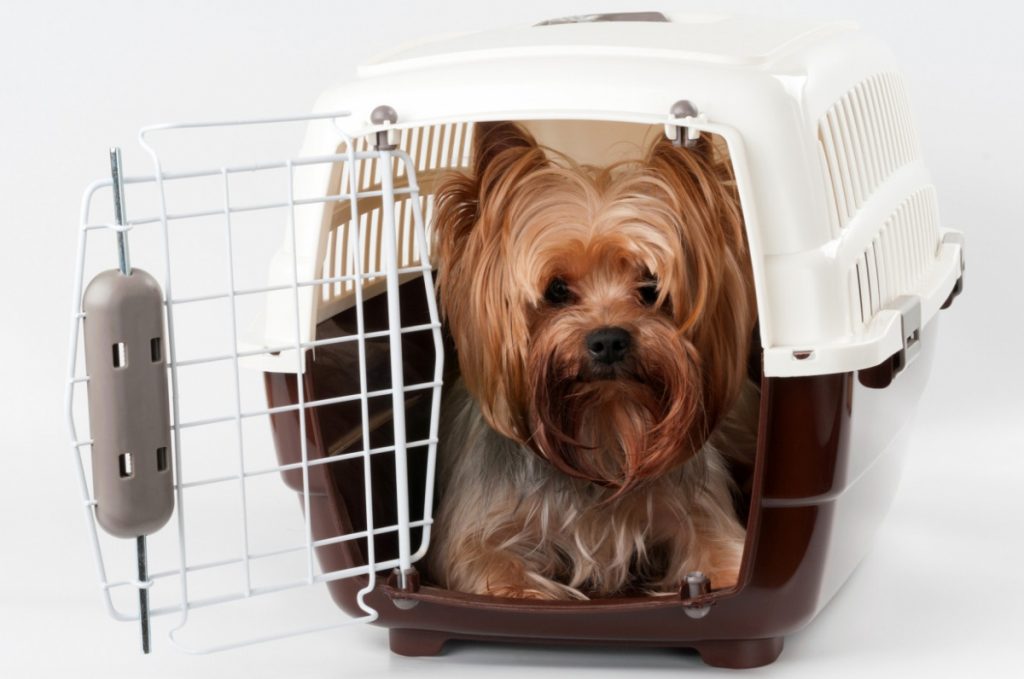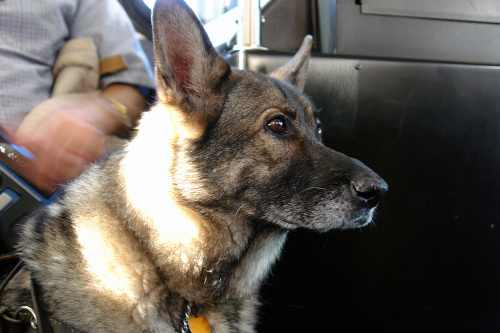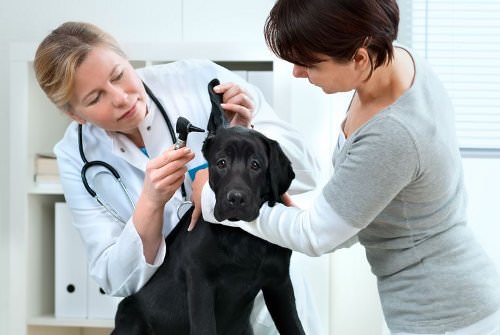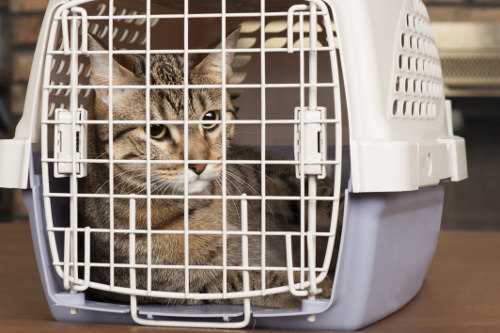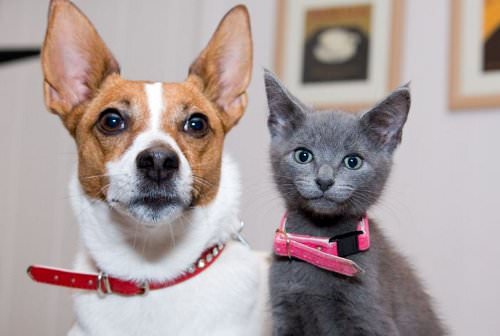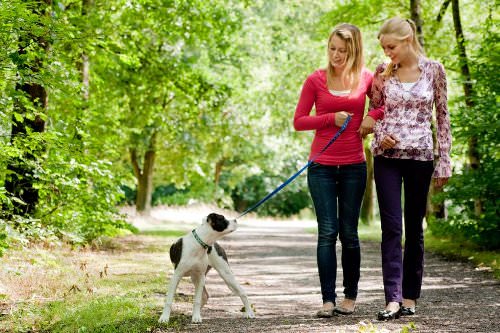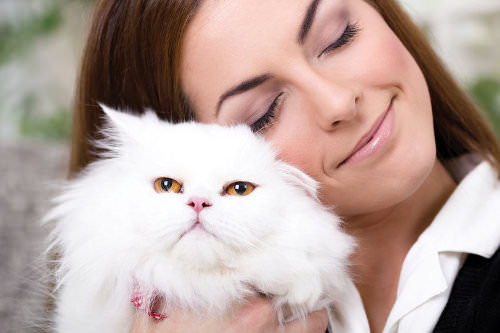Traveling could be an overwhelming experience for both you and your pet, especially if your pet is traveling for the first time. However, you could reduce anxiety and have a hassle-free flight if you plan.
The following tips will help you strategize before, during, and after your trip to ensure that your pet is happy and comfortable even when he’s 30,000 feet above the ground.
1. Work out the costs
The cost of traveling with your pet could add up quickly – for both cabins or checked animals. Compare rates from different airlines because the costs are varied just as they are for your tickets.
Some airlines charge more than $200 per kennel if you check the dog. But if the animal is allowed on board, you might pay less for travel. It pays to check the rates at discount airlines as you might save a bundle on travel.
2. Call ahead
Before you make the booking, make sure to call the airline to get a verbal confirmation that they allow pets on their airline.
You might be able to get the answers you need if you check the website for regulations, but always get a verbal confirmation before you book the flight.
Most airlines limit the number of animals allowed in the cabin, so book your flights early and get a confirmation at least 48 hours before you travel.
Read also – 10 Essential Tips for Camping with Your Pet
3. Trial runs
Your pet will be overwhelmed with the sky-high travel, so you should get him used to travel in some form before the flight. Take the pet on the bus and subway to get used to the movement and the press of surrounding people.
If your pet gets used to the crowd and movement beforehand, he’ll have a much easier time coping with the anxiety of the flight.
Keep in mind that the combination of high altitudes and tranquilizers could prove fatal for your pet, so it’s best to find other ways to keep your pet calm during travel.
4. Visit your vet
The airline may not require your pet vaccination for domestic travel, but it’s still a smart idea to visit your vet before the trip.
Ensure that all the vaccinations are up to date and get a copy of the animal’s medical records to take along with you. You should also carry a first aid kit so you’ll be prepared if your pet gets sick.
Some airlines request a health certificate, so again, check the regulations and make sure you comply. Finally, get the name and number of a vet at your destination if your pet gets ill.
Read also – 10 Tips for Choosing a Vet for Your Pet
5. Prepare the kennel
Your pet may have outgrown the kennel you purchased months ago, so make sure you check long before your travel date. Don’t compound the trauma of flying by squeezing your pet into a small kennel.
Instead, purchase a container that will give him room to stand up without bouncing his head at the top of the container.
Check the airline for any restrictions on the carrier and make sure that you don’t forget the food and water dishes. Bedding and a few familiar toys are also essential for a comfortable flight.
6. ID tags
Use ID tags on both the animal and carrier to help airline personnel identify your pet if you get separated. Include the flight number and your contact information on the kennel and the pet’s collar if possible.
While it might seem unnecessary to provide this much detail, it will be helpful in case the carrier gets lost.
Read also – 8 Ways to Organize Your Pet
7. Exercise
Take your pet for an extended walk around the block or spend extra time running at the park a day before the flight.
This will ensure that he’s worn out the next day and will almost guarantee that he sleeps through the flight.
So use exercise to wear out your travel companion, and the flight will be a lot easier.
8. Food and water
Flights, especially long ones, will dehydrate a cat or dog. Freezing water beforehand will ensure that the water is ready for drinking by the time you check-in.
According to most airline regulations, you must ensure your pet has had sufficient food and drink within four hours of check-in.
Read also – 10 Table Foods Pets Shouldn’t Eat
9. Limit treats
Limit your pet’s food and treats just before the flight departs.
While there’s no way to stop anxiety altogether, you could certainly reduce the possibility of upset stomachs if you control the animal’s food intake just before the flight.
10. Expect the unexpected
You’ll need to be extra patient and flexible when flying with your pet. Prepare for any likely event, including delayed flights, sick pets, and missing kennels, and you’ll be ready to meet any challenge.
Traveling with pets won’t be difficult if you prepare for the unexpected.
Read also – 10 Easy Ways to Save on Pet Costs
Traveling by air with pets isn’t easy, especially with some airline restrictions on pet size and weight. Planning is really essential here. Plan your trip, and you’ll have a safe, hassle-free flight.

